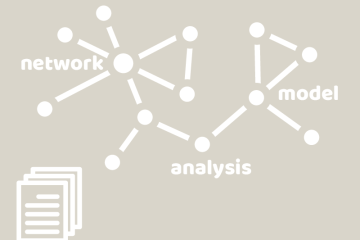Digital Library
SolutionTailor (2022)
Abstract We develop SolutionTailor, a novel system that recommends papers that provide diverse solutions for a specific research objective. The proposed system does not require any prior information from a user; it only requires the user to specify the target research field and enter a research abstract representing the user’s Read more…


